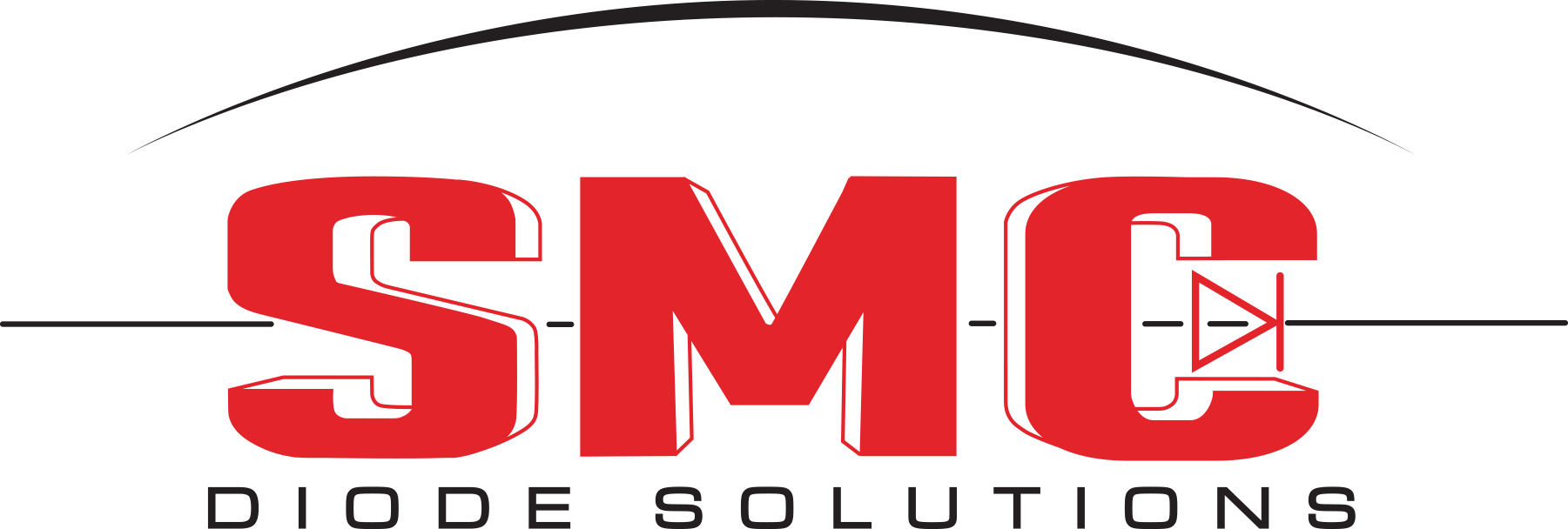
SMC Diode Solutions
SMC Diode Solutions is a well-known company specializing in the design and manufacturing of diode solutions for various industries. The company offers a wide range of diode products, including rectifier diodes, switching diodes, Zener diodes, and more, catering to diverse applications such as automotive, consumer electronics, industrial, and telecommunications. Known for their high quality and reliability, SMC's diode solutions are designed to meet the stringent requirements of modern electronic systems. With a commitment to innovation and customer satisfaction, SMC Diode Solutions has established itself as a trusted provider of diode products for businesses seeking dependable and high-performance solutions.
DIACs, SIDACs
Results:
Results remaining:0
Applied Filters:
SMC Diode Solutions
No data |
About DIACs, SIDACs
DIAC and SIDAC devices belong to a family of two-terminal components that find widespread use as triggering mechanisms in AC phase control applications. Their primary function is to regulate the flow of current until a specific voltage threshold is reached, at which point they allow a significant increase in current flow. The key distinction between DIACs (Diodes for Alternating Current) and SIDACs (Silicon Diode for Alternating Current) lies in their characteristic curves. DIACs typically exhibit higher forward voltages in their conductive mode compared to SIDACs. As a result, when applications require substantial current flow, SIDACs are generally more suitable due to their lower forward voltage drop. In AC phase control applications, these devices play a critical role in achieving precise control over the flow of alternating current. By serving as triggering mechanisms, DIACs and SIDACs enable the regulation of power levels and facilitate the proper functioning of electronic circuits. It is important to select the appropriate device based on the specific requirements of the application. If the application demands higher current flow, SIDACs are generally preferred due to their lower forward voltage drop. However, if the application allows for higher forward voltages, DIACs can also be used effectively. In summary, DIACs and SIDACs are two-terminal devices commonly used as triggering mechanisms in AC phase control applications. They regulate current flow until a specific voltage threshold is reached. While DIACs exhibit higher forward voltages in their conductive mode, making them less suitable for high-current applications, SIDACs offer a lower forward voltage drop, making them more favorable in such scenarios. Proper selection between DIACs and SIDACs is crucial for achieving optimal performance in AC phase control applications.
